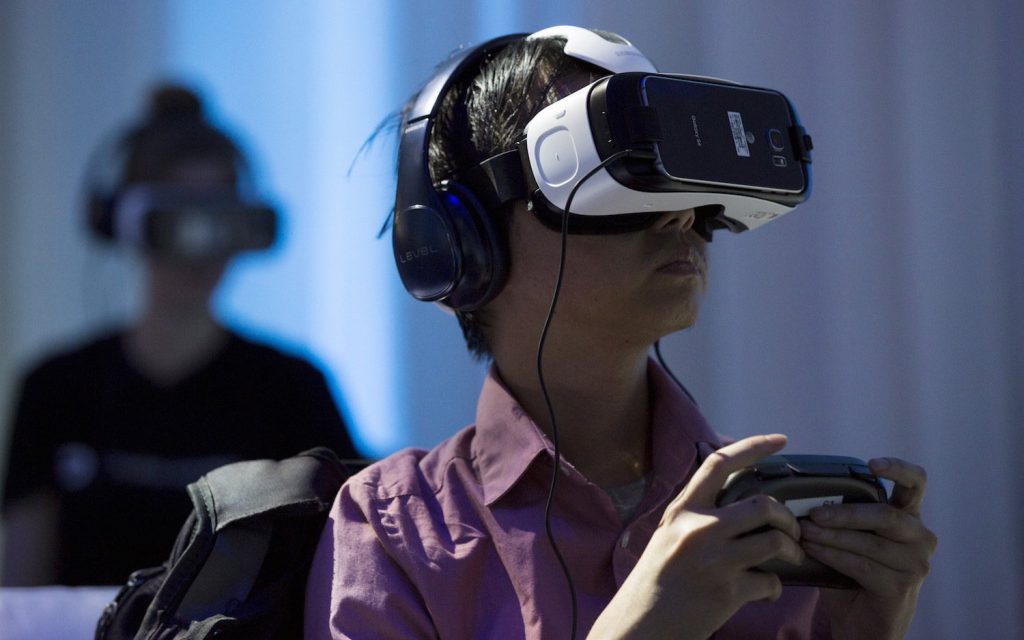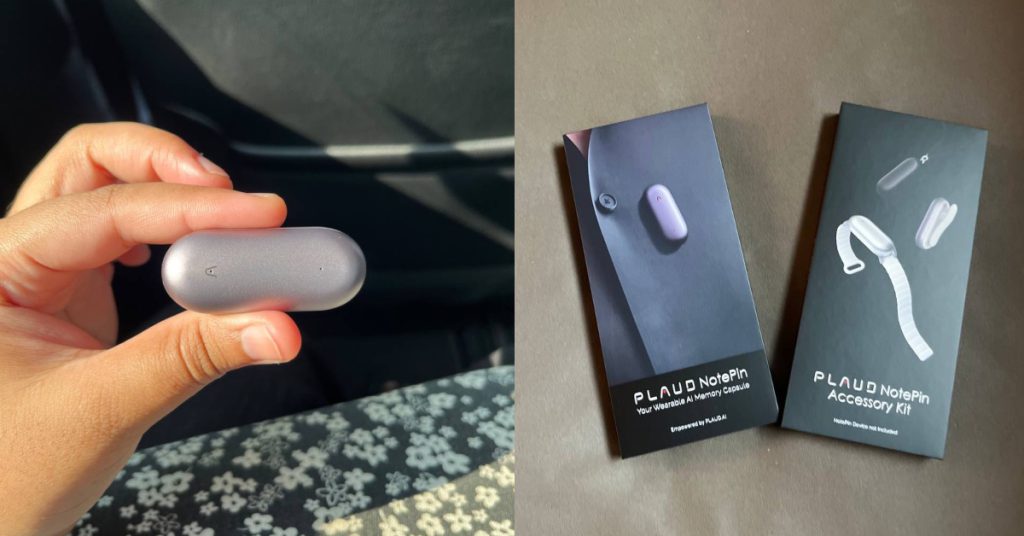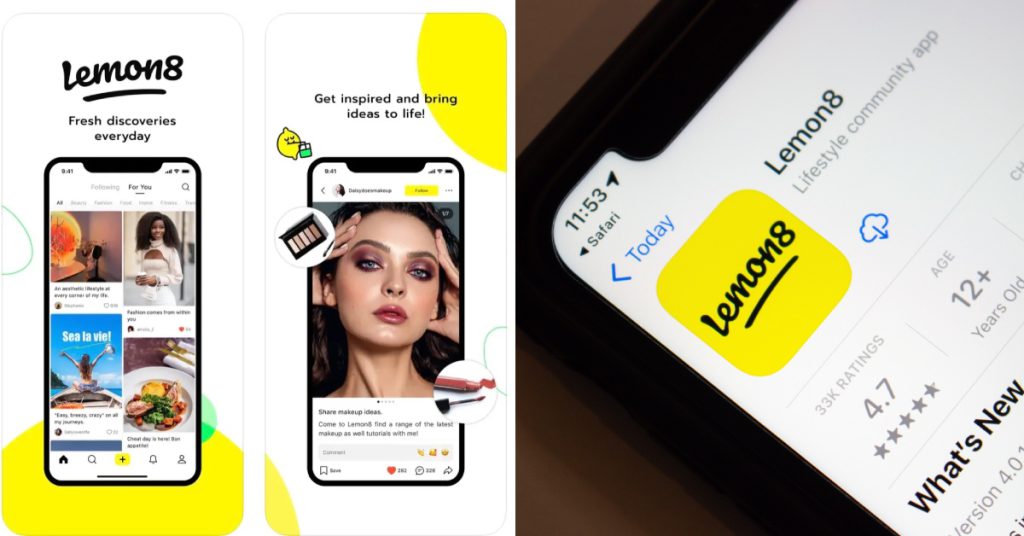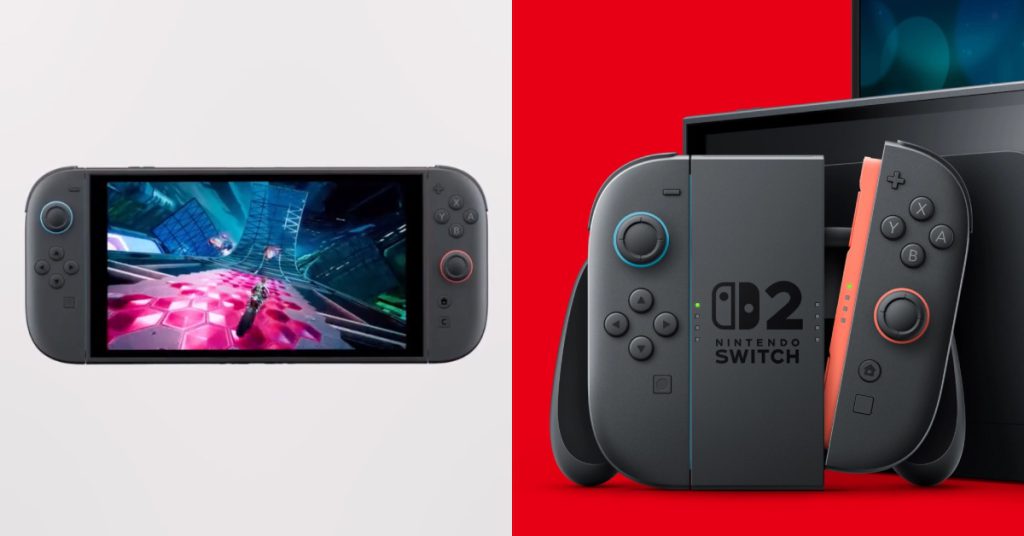So Facebook just held their Oculus Connect event, and of course, Mark Zuckerberg was on stage to update the world on the state of his company’s VR ecosystem – mainly centered around the much-talked about Oculus Rift.
Oculus Connect Roundup
He demo-ed a new social experience experiment that the team at Oculus is currently working on, and it’s an experience where you can see a VR avatar of yourself and your friends, hanging out at any location you desire.
Exploration not your thing? You can even play a round of virtual poker on it!

Then there’s the hardware.
Oculus plans to release a standalone VR headset that will be independent of a phone or computer, which is still in its prototype stages. To be released as well are in-ear headphones for the Oculus Rift and the Oculus Touch motion controllers.
More VR content will also be available as the team is partnering Disney for dedicated VR media. For example, the new Blade Runner 2049 will be in VR!
All of these sound exciting, but what if you wanted a taste of VR now?
Well, we got you covered.
Here’s a list of VR headsets that you can buy today, from the cheapest, to the ones that you will probably need to sell a kidney for.
1. Google Cardboard

This is definitely the cheapest entry point into the entire Virtual Reality experience. Google Cardboard, as its name suggest, is made of cardboard, and all you get additionally in the box to make the headset are lenses, velcro, magnets, and a rubber band.

First released in 2014 when the entire VR craze started, the Google Cardboard has been a staple in many tech events ever since.
Lazada has both the V1 (S$5.90) and the V2 (S$9.99) currently on sale. That’s less than $10, and will be a perfect gift to kids and adults.
2. Mi VR Play
These days Xiaomi is being known for more than just a smartphone manufacturer. Within their massive inventory of mobile accessories, lies a VR headset among them.

The Mi VR Play is Xiaomi’s attempt at a budget headset. It made headlines because beta testers of the products managed to grab one for the low low price of RMB1. That’s 20 cents in Singapore money.

Still if you want something a lot more durable than cardboard, the Mi VR Play is also available at Lazada for around S$20. That’s 100 times more than what beta users got it for but at least it is still affordable.
3. Samsung Gear VR
Then there’s the Samsung Gear VR to introduce you to the triple digit price range.

Don’t worry, the Gear VR will not break your bank yet. Available from retailers such as hachi.tech at S$133.20, with a price that is still manageable considering it is a huge leap from the budget offerings.

What you are paying for is essentially an Oculus-certified VR headset for your phones. The Gear VR has a good track record as one of the best mobile phone-powered VR headsets since its first iteration.
4. OSVR HDK
From here on out, these headsets will require a computer to use them, burn a hole in your pockets, and require some logistics ingenuity.

We start with the OSVR (Open Source Virtual Reality) by (who else) Min-Liang Tan and Razer. Min-Liang has spoken out against the proprietary nature of which certain headsets (of which we will cover shortly) has frozen out developers and users alike.

With the OSVR, as its initials suggest, it is an open source platform, and anyone can use its source code to develop content and applications for it. Starting at US$399.99, is by no means cheap, but affordable as compared to the two dominant headsets in the market.
You will need to find your own way to ship this in as it is not available for direct shipping into Southeast Asia.
5. Oculus Rift
Amazingly, the Oculus Rift is not the most expensive one on this list.

Long before Facebook bought over the company, Oculus has its roots in Kickstarter. It has now gone on to become the standard to follow for consumer VR equipment.
Oculus currently dominates both the mobile VR space, with Samsung help in the Gear VR; and with computers with its Rift.

Priced at US$599, it is still US$200 cheaper than its direct competitor that will be appearing next.
With Facebook at its backing, Oculus was able to mass produce the Rift in time to capitalise on the VR hype, while also partnering with major studios and developers for content.
With Oculus Connect just over as well, Mark Zuckerberg has outlined an exciting roadmap for the system, and it will be interesting to see how competitors respond.
However, you will need a freight forwarder if you want to order one here too.
6. HTC Vive
The fight to be the king of VR headsets isn’t quite done yet.
https://www.youtube.com/watch?v=-mxDQycSyDg
While fans of the Oculus Rift have been followers since its crowdfunding days, the HTC Vive on the other hand managed to carve out its own fanbase almost immediately, threatening the dominance of the Rift.

The only thing that might make potential customers against purchasing it is the price.
At US$799, it is more expensive than the Rift, but those already using the Vive argue that the quality you get in exchange is worth the price premium, and with Oculus no longer blocking exclusive content from them being used on the Vive, it definitely makes for an alternative to ponder on.
Again, you will need to find some way to get the shipment over.
Which Should You Buy?
If I were to advice someone right now which one of these to get, I’d say the Samsung Gear VR.
It is a quality product that you don’t need to spend too much money on, works with most smartphones, and best of all, is Oculus branded.
As for those that want to use it alongside their computer, I think that its better to wait until they become commercially available in Singapore before diving in.
Feature Image Credit: businessinsider.com















